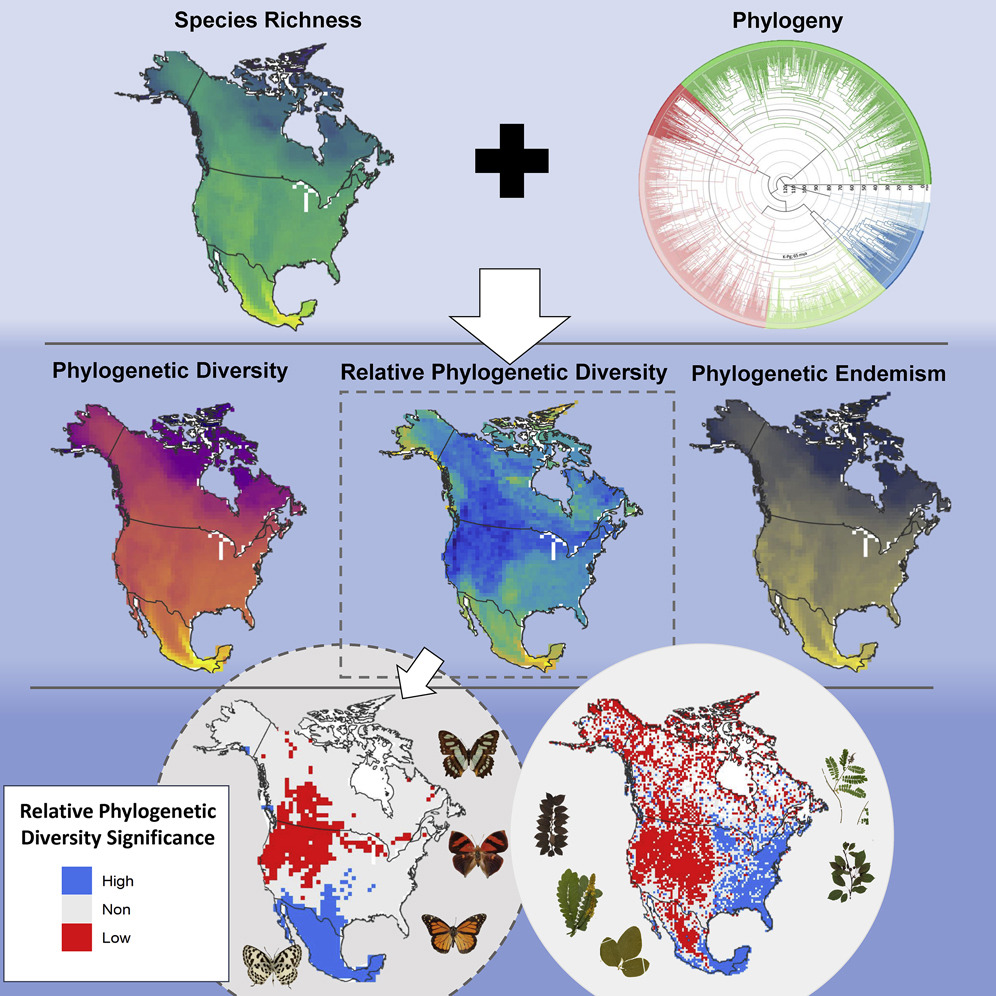Study of sex and racial disparities.
This Comment supports SDGs 3 and 10 by highlighting inequities in palliative care between racial groups, including differences in the use of palliative care services, symptom control, and the documentation and implementation of people's end of life wishes.
This Article supprts SDGs 3 and 10 by assessing the performance of four severity scoring systems used for case-mix determination and benchmarking in intensive care units to identify possible ethnicity-based bias. The study found systemic differences in calibration across ethnicities.
In this work, the authors take on a broad-scale quantitative assessment of butterfly biodiversity. They find with some examples of North American butterflies that shared biogeographic histories and trophic associations do not necessarily assure similar diversity outcomes.
A Commentary on the Healthy People 2030 roadmap, in the context of SDGs 3 and 10, focusing specifically on the potential of this initiative in addressing upstream determinants of health to achieve health equity across the USA.
Women now comprise half of medical students in Canada yet continue to be underrepresented in general radiology and its subspecialties. The underrepresentation of women in interventional radiology is even more profound. The literature has suggested various factors that might contribute to this gender disparity, including a lack of role models and mentors, exposure during early medical training, and decisions regarding work-life balance.
The Skinner case advances our understanding of the global history and distribution of Paget’s disease of bone (PDB) by studying a possible case in an indigenous pre-contact male from Canada.
Background: The objective of the current study is to investigate whether an area-level measure of racial sentiment derived from Twitter data is associated with state-level hate crimes and existing measures of racial prejudice at the individual-level. Methods: We collected 30,977,757 tweets from June 2015–July 2018 containing at least one keyword pertaining to specific groups (Asians, Arabs, Blacks, Latinos, Whites). We characterized sentiment of each tweet (negative vs all other) and averaged at the state-level.
Minorities and marginalized groups have increasingly become the target of discriminatory actions related to the COVID-19 pandemic. Detailed information about the manifestation of COVID-related discrimination is required to develop preventive actions that are not stigmatizing for such groups. The present study investigates experiences of perceived discrimination related to COVID-19 and its socio-cultural correlates in a culturally diverse sample of adults in Quebec (Canada). An online survey was completed by 3273 Quebec residents (49 % 18−39 years old; 57 % female; 49 % White).
This article supports SDGs 3 and 10 by assessing racial and ethnic disparities in seasonal influenza vaccine uptake among older US adults. The findings show substantial disparities in uptake and suggest that new strategies are urgently needed to address these inequities.

